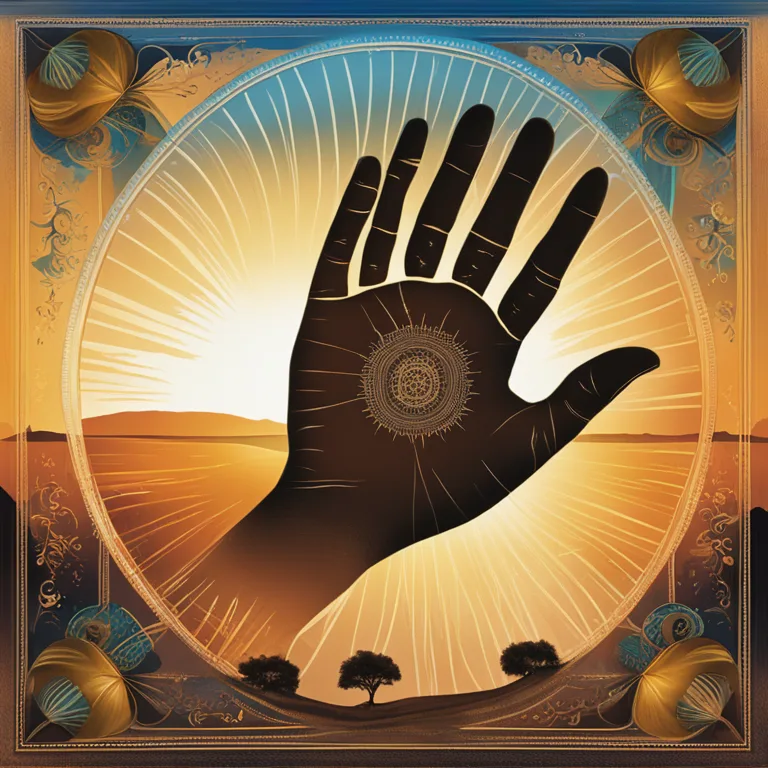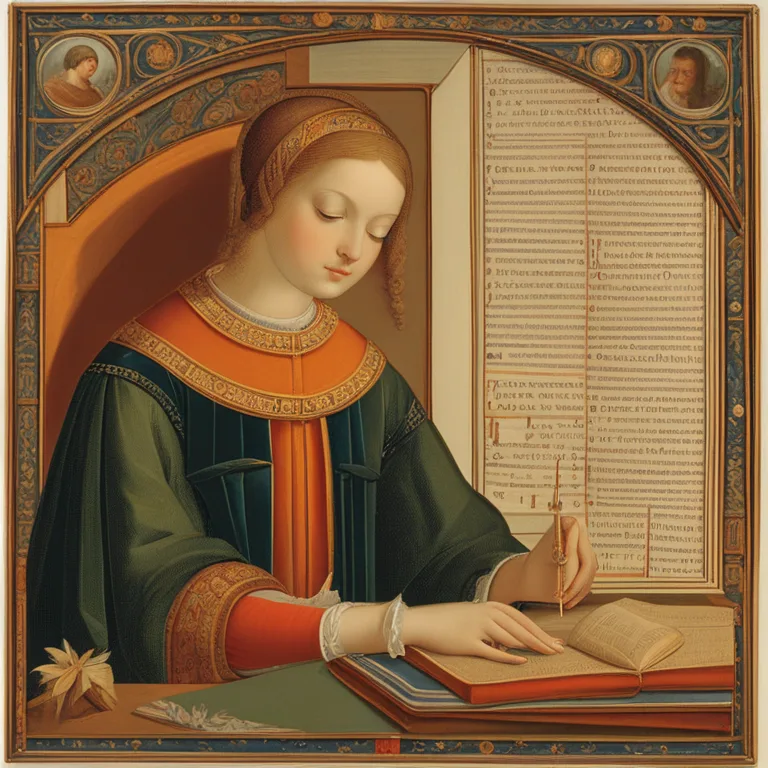
The Origins of Palmistry: An Insightful Journey
Delve into the intriguing history of palmistry and discover its ancient roots and the reasons behind its creation.
article by Nora Pennington
The Dawn of Palmistry
Palmistry, or chiromancy, has a mystic aura that intrigues people to this day, but its origins are grounded in ancient history. This fascinating art form is believed to have originated in India, around 3,000 years BCE, and from there it spread to China, Tibet, Egypt, Persia, and other regions. Ancient sages considered the palm as a unique roadmap of one's life. The practice evolved from the human desire to fathom the unknown and forecast the future, merging intuition with the observation of physical attributes. Scholars and spiritual leaders used palm lines as a means to understand individual traits and destinies, long before modern psychological insights.

Cultural Integration and Evolution
As civilizations interacted through trade and conquest, palmistry became an integrated aspect of various cultures. The Greeks adopted it from the Alexandrian conquests, and Aristotle presented his findings to Alexander the Great, who used it to judge the character of his officers. This interchange of knowledge enriched the practice, leading to a synthesis of techniques and interpretations. By the Middle Ages, palmistry had spread across Europe but faced condemnation during the rise of the Catholic Church. However, its resilience is a testament to its ingrained human appeal—to answer life's uncertainties through the study of hands.

Palmistry's Renaissance
The Renaissance reignited interest in the esoteric and metaphysical realms, offering a safe harbor for palmistry to flourish once more. People of this era, brimming with curiosity about the natural world and human existence, found palmistry a compelling study of individuality and fate. It was during this period that many of the palmistry practices were documented extensively, with practitioners developing more systematic approaches to reading hands. Despite facing skepticism, palmistry was nurtured by the surge in artistic and scientific exploration characteristic of the Renaissance.

The Modern Perspective
In our contemporary world, most societies have witnessed a resurgence of interest in palmistry, often perceived as a fusion of art, science, and spirituality. Palm readers have adopted aspects of psychology, genetics, and forensics to provide more nuanced readings. Despite skepticism from scientific communities, it continues to captivate due to its direct, personal engagement and the human touch—literally. The advent of digital technology has also modernized palmistry, with apps and online readings, but the physical experience of a palm reading still holds a profound allure for many seeking personal insight and guidance.

Why Palmistry Persists
The creation and sustained interest in palmistry stem from the timeless human quest for self-knowledge and premonition. Across cultures and epochs, the alluring possibility to understand one's personality and foresee potential paths has been irresistible. In an age where individuality is celebrated and personal journeys are diverse, palmistry provides a tailored narrative that traditional science does not capture. It transcends barriers by appealing to the deep-seated human fascination with storytelling and the exploration of self, offering both comfort and intrigue in the face of life's many questions.
Published: 1/3/2024
Modified: 1/3/2024
More predictions
Come back here soon to learn more about yourself and your future


Palmistry Clues to Predicting Parenthood
Delve into the palmistry lines associated with predicting childbirth and learn what your hands may reveal about future family life.


Accuracy in Divination: Palmistry vs. Astrology
Explore the relative accuracy of palmistry and astrology in predicting the future and revealing personal traits in this insightful comparison article.


Palmistry Lifespan Insights: How Long May You Live?
Delve into the art of palmistry to discern potential lifespan indicators from the lines and features of your hands in this insightful article.